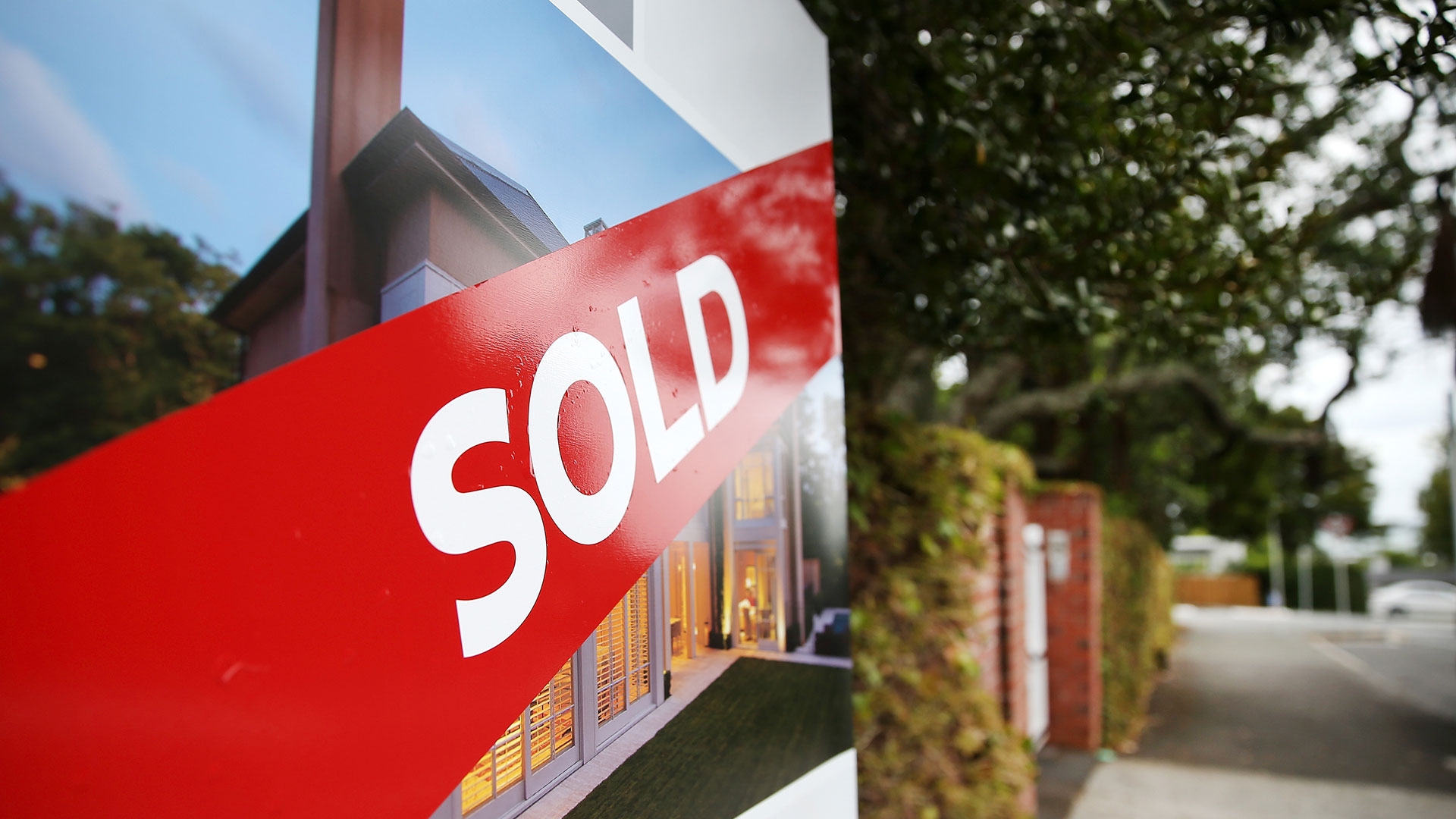Moving Green: Eco-Friendly Packing and Transport Tips

Lately, I’ve noticed more clients asking about eco-friendly moving options, which is fantastic. Moving can create a surprising amount of waste, from piles of cardboard boxes to fuel consumption. So, if you’re planning a move and want to keep it as green as possible, here are some of the best tips I’ve picked up over the years.
Reuse or Rent Your Moving Boxes
Cardboard boxes can add up quickly during a move, but you don’t have to buy brand-new ones every time. One of my clients, Lucy, was determined to have a zero-waste move. She asked around and managed to collect all the boxes she needed from friends and neighbors. Not a single new box was bought, and she saved quite a bit of money too.
If you’re looking for an even more sustainable option, renting reusable plastic moving crates is a great idea. They’re sturdy, stackable, and cut down on waste.
At Big Camel, we also offer a moving box buy-back scheme. Once your move is done, you can sell your used boxes back to us, giving them another round of use and reducing the need for new boxes. It’s a simple way to keep waste down while putting a little money back in your pocket.
Go for Eco-Friendly Packing Materials
Instead of using plastic bubble wrap, try recycled paper, old newspapers, or biodegradable packing peanuts. One of my regular clients, Tom, always requests eco-friendly packing materials when moving his small business. We wrap fragile items with recycled paper and use old towels and blankets for added cushioning.
Using what you already have not only saves you money but also cuts down on single-use plastics. Your linen closet is full of great packing materials—just think creatively!
Declutter Before Packing
Before you pack up everything you own, take some time to declutter. I once helped a couple moving to a smaller home in Upper Hutt. They made a weekend of it, donating old furniture, clothes, and kitchenware to local charities. When moving day arrived, they only brought what they really needed, which saved them time and reduced the number of trips.
Less stuff means fewer boxes, less packing material, and ultimately a smaller moving truck. It’s a win for you and the environment.
Plan Efficient Routes and Timing
Fuel consumption is a big part of any move, but planning your route can make a difference. I always look at the most efficient routes and aim to avoid peak traffic hours. This simple planning cuts down on fuel use and saves our clients some money. One couple I moved from Wellington to Upper Hutt opted for an early morning start, which helped us avoid traffic and reduce emissions.
You can also ask your moving company if they use fuel-efficient trucks or have eco-friendly transport policies in place.
Donate, Recycle, or Repurpose Unwanted Items
Instead of tossing out old furniture or electronics, find ways to donate or recycle them. One of our clients once had a garage full of outdated electronics. Instead of dumping them, we helped coordinate with a local e-waste recycling program. It took a little extra effort, but the client was happy knowing these items wouldn’t end up in a landfill.
Use Eco-Friendly Cleaning Products for Your Move-Out
When it’s time to clean up the old place, opt for eco-friendly cleaning products. Harsh chemicals can be tough on the environment (and your lungs), so try using natural cleaners. One of my clients even shared her homemade vinegar-lemon cleaner recipe—it’s simple and effective.
Final Thoughts
Moving green doesn’t have to be difficult. With a little planning, you can make your move more eco-friendly by reusing or renting boxes, choosing sustainable packing materials, decluttering, and being mindful of your transport choices.
If you’re planning a move, don’t hesitate to ask your movers about their green practices. At Big Camel, we’re committed to helping you move sustainably with options like our box buy-back scheme, eco-friendly packing materials, and fuel-efficient transport planning. Together, we can make your move a little easier on the planet. Happy moving!
About the Author
Louie Gibson Scarlett
Louie Gibson Scarlett is a dedicated moving specialist based in Wellington. With over four years of hands-on experience under his belt, he has seen it all when it comes to Wellington Furniture Moving. He has held positions at a couple of Wellington’s top moving companies, and founded Big Camel in 2020.
More Posts
Get a Quote
- Free
- No Obligation



